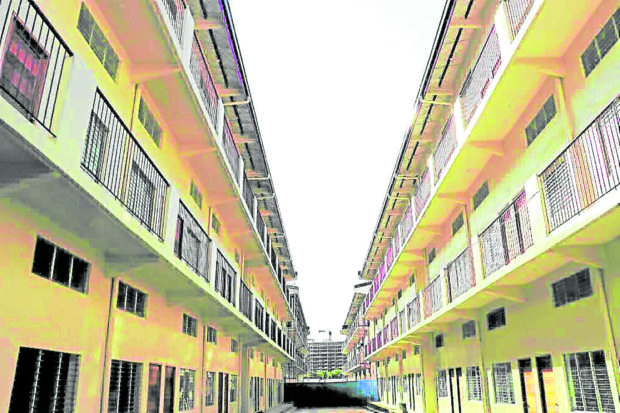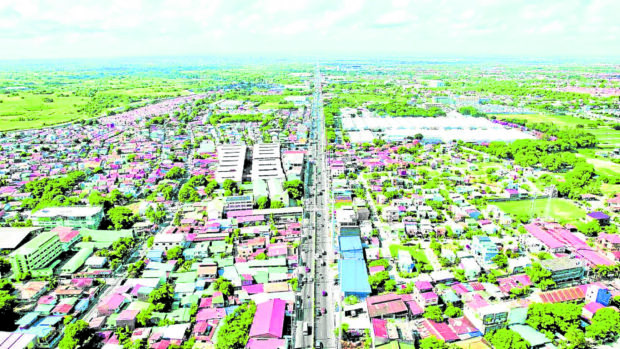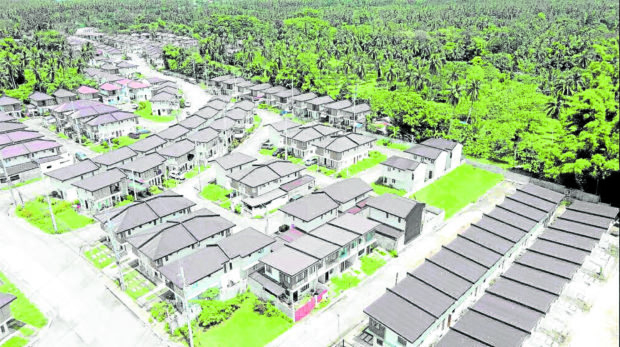Expectation vs reality in housing programs
The Philippine housing backlog is a perennial problem that previous administrations have tried to address—but with varying levels of success.
As of this year, the backlog has been estimated at 6.8 million housing units spread across the country, distributed among various market segments. It is a colossal number that’s certainly overwhelming for any administration.
Battle plan
In an ideal situation, private developers, government agencies, and local government units would draw up a concerted battle plan that includes the identification of potential housing sites that are accessible to the workplace, and which have convenient and reliable public transportation at all times.
Similar to the United States approach, this plan also includes the proper identification of beneficiaries qualified for different forms of housing subsidies—from rental vouchers, discounted interest rates on housing loans, tax credits, to other creative ways through which government assistance can be extended for those in need of shelter.
Lastly, there’s a need for an efficient and cost-effective construction technology that can build housing units fast to allow more Filipinos to utilize their shelter as soon as possible.
To sum up, some of the components that the housing sector must consider in addressing the backlog include finding the right location that offers accessibility; developing the right model fit for the end-user; and upgrading construction standards.
Hurdles
But as it happens, the housing sector is quite far from this ideal scenario.
There are still a lot of hurdles—starting with the need to secure at least 70 documents and permits that are required for every housing development to commence. Even for seasoned property developers, this arduous process can take anywhere from two to four years to complete.
This timeframe makes the housing construction industry extremely capital intensive, discouraging many groups from pursuing their housing plans.
Need for streamlining
While the list of required documents may be necessary, the list also begs to be re-evaluated and streamlined. For example, each municipality or city has an approved Comprehensive Land Use Plan (CLUP), which clearly identifies residential zones. Yet developers must still secure a barangay permit giving approval for the land to be used for a purpose that has already been approved.

Private developers, govern- ment agencies, and local gov- ernment units should draw up a concerted battle plan to address housing problems.
Aside from eliminating redundant documentation, we must also utilize advancements in technology to move things faster, and make the work more manageable for the limited number of workers tasked to screen, evaluate and approve the necessary permits.
Addressing the housing backlog means more than providing shelter for all. It also means offering tangible security for Filipinos, allowing children and adults to have a sense of assurance no matter what challenges they face.
The stability of a permanent home allows one to dream and plan for a better future—an aspiration and dream that we should all work for.
The author is the president of Ovialand Inc., a fast growing developer of affordable horizontal projects in South Luzon



